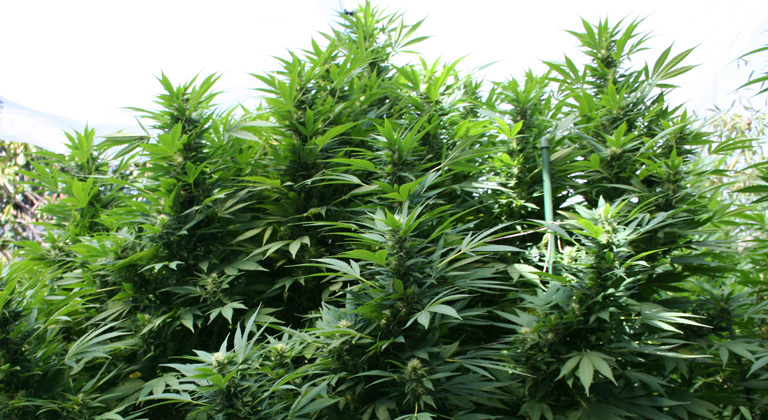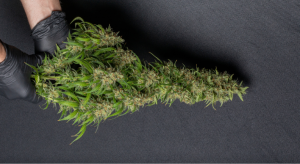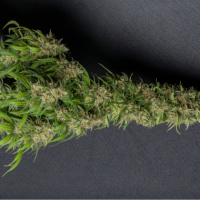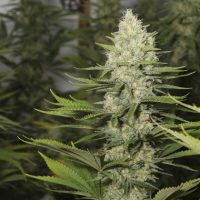The regenerative cultivation of cannabis isn’t just a trend but a movement that prioritizes long-term soil health and biodiversity. Innovative growers are discovering that adopting regenerative techniques not only benefits the environment, but can also improve the quality of their yields and reduce long-term operational costs.
Humans have farmed food and fibers without chemical fertilizers or pesticides for centuries, learning to rotate their crops and to rejuvenate the soil with microorganisms. Mankind had no choice but to farm this way until industrial agriculture became dominant in the last century.
Judging by the alarming amount of food waste and the impact of extensive farming on the environment, something has gone terribly wrong in the name of progress. This reflection is equally valid for cannabis farming, as this plant has also fallen into the traps of intensive production.
In this context, regenerative farming reintroduces the view of the land as a living system, meaning cultivation is not only about producing quality yields but about returning to the soil and environment more than what is extracted from them. In the face of monocultures, excessive use of fertilizers, and resource depletion, regenerative agriculture seeks to restore the fertility, biodiversity, and resilience of the agricultural ecosystem.
The central principle is clear: close the circle. All waste must return to the system as a resource, with each action favoring soil life, plant diversity, and the health of the environment.
Cannabis, with its high value and adaptability, has become an ideal laboratory for these practices, which not only benefits the planet but can also result in a final product of higher quality.
No-Tillage Farming and Cover Crops
One of the pillars of regenerative farming is no or minimum tillage: instead of plowing, the soil is lightly loosened only when necessary, and always covered with organic matter or cover crops.
By avoiding turning the soil, its natural structure, moisture, and microbial life are preserved, resulting in a living soil conducive to hardier plants with healthy roots and better nutrient absorption.
Unwanted weeds are controlled by mulching, which also helps retain moisture and provides organic matter as it decomposes. Although there might be an initial learning curve, over time cannabis plants develop stronger root systems and show greater resistance to stress conditions.
Cover crops, which are planted between seasons or next to cannabis seeds to protect the soil, fix nutrients, and feed microbial life, represent one of the most powerful tools in the regenerative farming arsenal.
Grasses like wheat help structure the soil with their fibrous root systems, while legumes like lentils or clover have the unique ability to fix atmospheric nitrogen thanks to their symbiosis with specific bacteria. And brassicas, like cabbage, can help break down compacted layers of soil with their taproots.

Companion Plants as Strategic Allies
Companion plants represent a natural extension of the cover crop concept but with a greater focus on direct interaction with cannabis during its growth phase. For this technique to be implemented efficiently, the grower should select species that fulfill complementary functions.
Aromatic herbs like basil, mint, or marigold are excellent pest repellents thanks to their volatile compounds that can confuse harmful insects. Chamomile or nettle, on the other hand, have properties that stimulate the production of essential oils in cannabis, potentially enhancing its terpene profile and final aroma. And some flowers like sunflower or echinacea attract pollinators and other beneficial insects that help control pests naturally, creating a balanced micro-ecosystem and reducing the need for pesticides.
Rotation, Diversity, and Compost: Soil as the Main Character
Crop rotation is essential to prevent soil depletion and break pest and disease cycles. Alternating cannabis with legumes, cereals, or green fertilizers allows the soil to recover nutrients and structure.
An effective rotation strategy for cannabis could include a four-phase sequence:
- First, cannabis;
- Followed by a legume crop (like vetch or clover) to fix nitrogen.
- Then, a deep-rooted cereal (like sorghum or rye) to restructure the soil.
- Finally, a green fertilizer (like mustard or forage radish) before returning to cannabis.
This full cycle could span two years, with soil quality improving progressively with each rotation.
The use of compost and organic fertilizers also holds the nutritional backbone of any regenerative cultivation system. This implies a fundamental shift in the grower’s mentality: instead of feeding cannabis directly with soluble nutrients, the soil’s ecosystem is nurtured so that this in turn feeds the plant in a natural and balanced way.
Composting pruning waste, fallen leaves, and kitchen scraps generates a fertilizer rich in nutrients and microorganisms. Homemade compost tea, prepared with aerated water and mature compost, can be added to the irrigation water or used as a foliar spray to strengthen the health of the plants. Bonemeal, bloodmeal, seaweed fertilizer, and fermented preparations like bokashi can also complement nutrition in a natural and sustainable way.
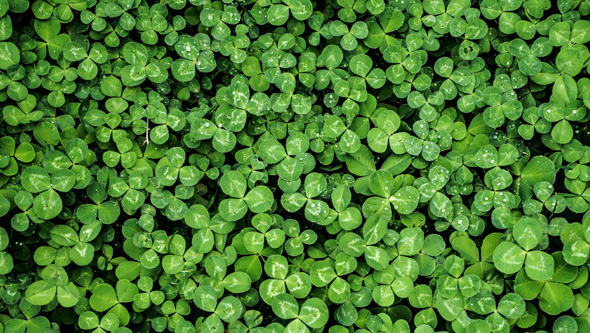
Biological Pest Control and Animal Integration
Unlike conventional approaches primarily dependent on chemical pesticides, regenerative growers develop holistic strategies that strengthen the natural resilience of plants and promote the balance of the ecosystem.
Beneficial fungi, such as Trichoderma and mycorrhizae, colonize the rhizosphere and establish symbiotic relationships with cannabis roots, enhancing nutrient absorption and creating a physical and biochemical barrier against pathogens.
To complement this strategy, growers use beneficial insects like ladybugs and predatory mites to combat pests such as aphids, red spider mites, or whiteflies.
Botanical preparations represent another valuable tool: neem, pyrethrum, garlic, and chili extracts can be used preventively or as a first line of defense against emerging infestations. These can be made on the farm itself, maximizing self-sufficiency and reducing costs.
Although less common in cannabis cultivation, the integration of farm animals is also possible and highly beneficial. Chickens and ducks can help control pests and fertilize the soil with their droppings, while sheep or goats can graze on cover crops between seasons. For smaller or urban grows, vermiculture systems (worm farming) can be implemented to convert organic waste from cannabis cultivation into high-quality vermicompost.
Efficient management of water, energy, and waste
In regenerative agriculture, water, an increasingly scarce resource, should be managed efficiently. Rainwater catchment systems, condensation water systems, drip irrigation, and recirculation can help reduce consumption and prevent wastage.
These systems can range from simple barrels connected to roofs, to elaborate tank and pond systems designed to capture runoff.
In indoor grows, the use of clean energy through the strategic installation of solar panels can be supplemented with other renewable sources like small wind turbines or micro-hydraulic systems. Although the initial investment in these systems can be significant, the payback periods are getting shorter due to rising energy costs.
The ultimate goal is to create a closed-loop system, where all waste (plant residue, water, energy, nutrients…) is reused and recycled, representing the culmination of the regenerative principles applied to cannabis cultivation.
With this practice, even the soil used isn’t discarded but rejuvenated between cycles through the addition of fresh compost and other organic amendments. These systems seek to eliminate the very idea of “waste,” turning each by-product into a valuable element that is reincorporated into the productive cycle.
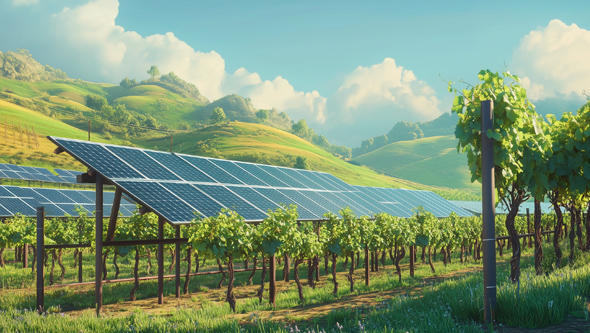
A regenerative future for cannabis
Regenerative agriculture in cannabis cultivation is not a trend but a necessity in the face of resource depletion and environmental degradation. Growers who adopt these techniques discover more fertile soils, healthier plants, and higher quality products, in addition to cutting costs and reducing dependency on external resources.
The regenerative path calls for patience and observation, but it offers lasting rewards: more vibrant ecosystems, more resilient crops, and cannabis that’s not only of high quality, but part of the solution and not the problem. Because returning to the principles of traditional agriculture, bolstered by modern science, is the true progress that cannabis needs to flourish in harmony with the planet.
What did you think of this article? Do you have any questions or would you like to give your opinion? Leave a comment below!
La Huerta Grow Shop
